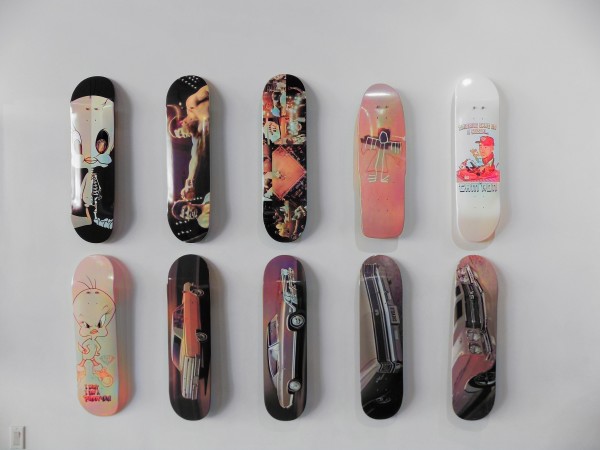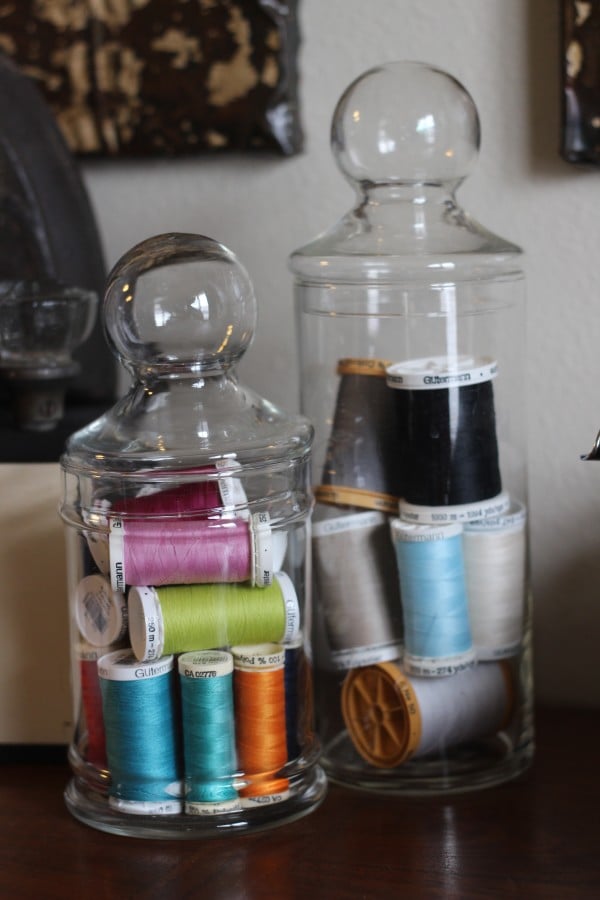7 Winning Retail Display Ideas
What do shoppers think when they enter your shop? Are they met with plain designs and boring displays? Or does your store inspire them to explore the shelves and immerse themselves in your products?
Granted, banners and other signs come at a price, but research shows that where you place your merchandising and the size of your displays has an impact on sales.
By implementing any of the retail display ideas below, your store can improve customer experience and drive more sales.
1. Set the stage
Imagine buying a swimsuit in the middle of winter? It’s cold outside, everyone is bundled up, and the beach is the furthest thing from your mind. Looking at a rack of bikinis and trunks on a drab wall is not all that exciting.
What if, instead, the walls had large images of the beach, tropical music was playing, and beach toys were scattered around the displays? This setting pulls your mind away from the rest of the world and helps you see the swimsuits in the proper context.
It’s important to help customers see your items in the right light, so get creative about revamping your displays to make them more immersive. If you sell hiking gear, that might mean adding a rock facade to one of your walls. If you offer pet treats, you can play videos of happy dogs and cats.

2. Add interactive technology
Many innovative retail display ideas are now possible because of technology. With smartphones and other devices everywhere these days, you can add another dimension to your displays. Many products have QR codes that pull up websites or videos that provide more information. Likewise, you can put a tablet near items to accomplish the same task.
Augmented reality is another game-changing technology for retailers. For example, stores can add AR fitting rooms that record customers and overlay their bodies with various outfits. While shoppers will still need to try on clothes to get the right fit, these AR mirrors can draw in casual observers who had no intention of shopping.
3. Encourage touching
A study published in the Journal of Consumer Research found that people are willing to pay more for items after touching them. This finding may be due to the phenomenon of “perceived ownership.” People who pick up and handle an item can imagine what it feels like to own it, causing them to be more attached.
If you allow customers to touch items, be sure to keep public health in mind. Make sure your staff routinely cleans surfaces and places hand sanitizer next to displays, so guests feel safe after handling items.
4. Repurpose old items

Upcycling vintage goods is one of the easiest retail display ideas to implement because it often costs next to nothing. Adding everyday items to your store’s decor can make the space feel more warm and personal. You see this in many stores and restaurants that hang items like ski equipment and bicycles on walls to create a sense of familiarity.
However, these goods can serve a functional purpose as well. For example, books can be turned into shelves, and old jars can hold small goods like candy, buttons, pencils, and so on. Shoppers who see your repurposed displays in windows and advertisements will know they’re in for a unique shopping experience.
For inspiration, look at these repurposed display ideas on Pinterest.
5. Guide and educate
Shoppers sometimes need help deciding what items to buy. Someone might want a pair of running shoes, but perhaps they aren’t sure which pair is meant for indoor versus outdoor activity. If this shopper cannot get help, they may put off buying the shoes and leave the store.
Placing a buying guide that explains the difference between products is an effective way to retain prospective customers. Not only will it educate them, but your staff can engage with these customers to help them find the right choice.
Here are some topics to cover on your guide:
- Purpose: How are the products meant to be used?
- Skill level: Are certain products best for a beginner?
- Compatibility: Do products integrate with other platforms?
6. Create a dedicated seasonal section
Do you know of any stores that consistently have the same things in the same place each time you go? If so, you should the exact opposite.
Now, we don’t mean you need to change up your entire display routinely, but at least one area of your store should always be different. This section will be for holiday items, limited-time offers, and other temporary goods.
Shoppers who know you regularly feature temporary items will enter your store with a sense of wonder, thinking what treasures you might have today. You can see this in Aldi, which carries different limited-time speciality items each week.
7. Make sure to cross-sell
If you want to build a birdhouse, you will need a hammer, nails, glue, and wood. If those items are not near each other, you might walk out of the store without all your supplies. In this scenario, the buyer has a poor experience and the store loses a sale.
Cross-selling and suggestive selling are proven ways to boost profits, and your retail displays can do most of the work for you. Grouping related items together will help your customers find what they need faster, and it will help you sell more goods. In fact, upselling is known to boost revenue by 10-30% on average.
Do business better with Epos Now
The Epos Now retail point of sale system provides an expansive toolkit that can boost your profit potential. With inventory management features and online marketing integrations, Epos Now is much more than a simple POS.
Speak with a consultant today to learn more.




